Welcome to the home page of our group. We are interested in applying basic concepts and techniques of theoretical physics to biological problems. Problems that keep us busy at present include:
-
Enhanced diffusion of enzymes and enzyme-powered microbeads
It has recently being discovered that enzymes behave like molecular motors, turning a portion of the potential chemical gradent that drives their nonequilibrium catalytic activity into active diffusion. This discovery led to a number of fascinating applications, including functionalizing different kinds of nano- and micropaeticles with enzymes to produce active particles in the presence of substrate-product turnover. Potential applications for such artificial active particles are manyfold, including enhanced drug delivery for cancer therapy. We are investigating this problem from a theoretical perspective, focussing notably on the role of fluctuations under nonequilibrium conditions in the framework of the reversible single-molecule Michaelis-Menten scheme. We are equally investigating these phenomena by carrying oout Digital Differential Microscopy (DDM) experiments on enzyme-functionalized silica and polystyrene nanoparticles and recording trajectories of enzyme-functionalized micro-beads. In particular, we are trying to understand the connection between the enzyme distribution on the beads (this seems to be highly nonuniform for nonspecific protein adsorption in general) and the observed dynamics of the enzyme-powered beads in the presence of large substrate concentration (pseudo nonequilibrium conditions). -
Quantum Biology
We have participated to the EU-funded STREP project "Phonon-assisted Processes for Energy Transfer and Sensing" (PAPETS). This project pioneers the emerging field of Quantum Biology in Europe and will focus on two problems. On the one side, we will investigate the functioning of light-harvesting complexes and try to elucidate how and why such complicated molecular machines appear to employ quantum coherence to achieve their stunning efficiency in harvesting sun light. PAPETS will also test a revolutionary model of olfaction, introduced in the 1990s by Luca Turin ( see his original paper), and holding great promise to unveil a formidable biological mechanism that still resists tenaciously to all theoretical explanations. The new mechanism posits that olfaction relies on inelastic electron tunneling. The main idea is that odorants would be recognized not through their shapes (lock-and-key recognition), but through their vibrational spectrum. The nose would thus act as a sort of nano-spectrometer. -
Allosteric communication in proteins
What are the structural and dynamical determinants of the astonoshing ability of protein scaffolds to propagate mechanical perturbations from a given site to another precise, distant location? We employ different coarse-grained models of protein dynamics to study this problem, coupled with concepts and methods from statistical physics such as complex networks tools and linear response theory.
-
Diffusion-controlled reactions in complex environments
A special kind of many-body interaction emerges when one considers diffusive flux to multiple sinks. This theoretical framework arises for example when one wants to model diffusion-limited reactions among complex macromolecules or within complex environments. The origin of these interaction is simple: sinks tend to screen flux away from each other and therefore the overall flux (i.e. the overall rate) is reduced with respect to additivity. One thus usually speaks of anti-cooperative interactions. In order to solve such problems, we apply several advanced methods for the solution of the time-dependent and stationary diffusion equation in complex, multi-connected domains. These include, re-expansion theorems and dual-series relations methods.
-
Macromolecular crowding
Diffusive transport is well understood in dilute environments with simple geometry. However, naturally occurring milieux where this kind of transport is important are usually rather crowded and characterized by complex and strongly confining landscapes. The first striking example of this is the cell, the primary reactor for all biochemical processes at the core of life itself. Between 30 % and 40 % of the available volume in a cell is occupied by all sort of biomolecules, cytoskeletal fibers and a wealth of subcellular organelles. Order-of-magnitude and greater changes are observed in binding rates in vivo, often featuring subtle modulations that are hard to explain. Remarkably, an interesting picture is emerging lately whereby the interior of the cell would share many properties with the liquid state of matter. We are tackling these problems from various angles, essentially studying modified diffusion equations both derived from microscopic stochastic exclusion processes and from basic concepts of the physics of liquids.
Who is financing our research

Centre de Biophysique Moléculaire (CBM), Orléans, France |
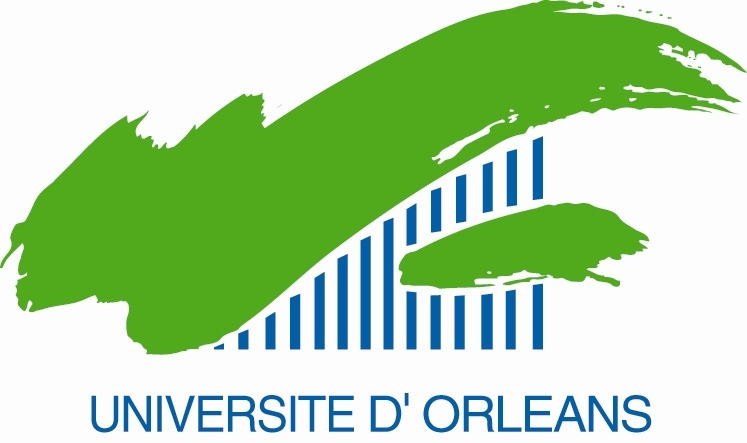
Université d'Orléans, France |
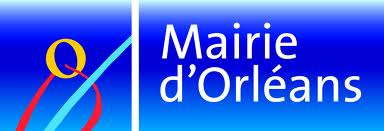
Mairie d'Orléans, France |
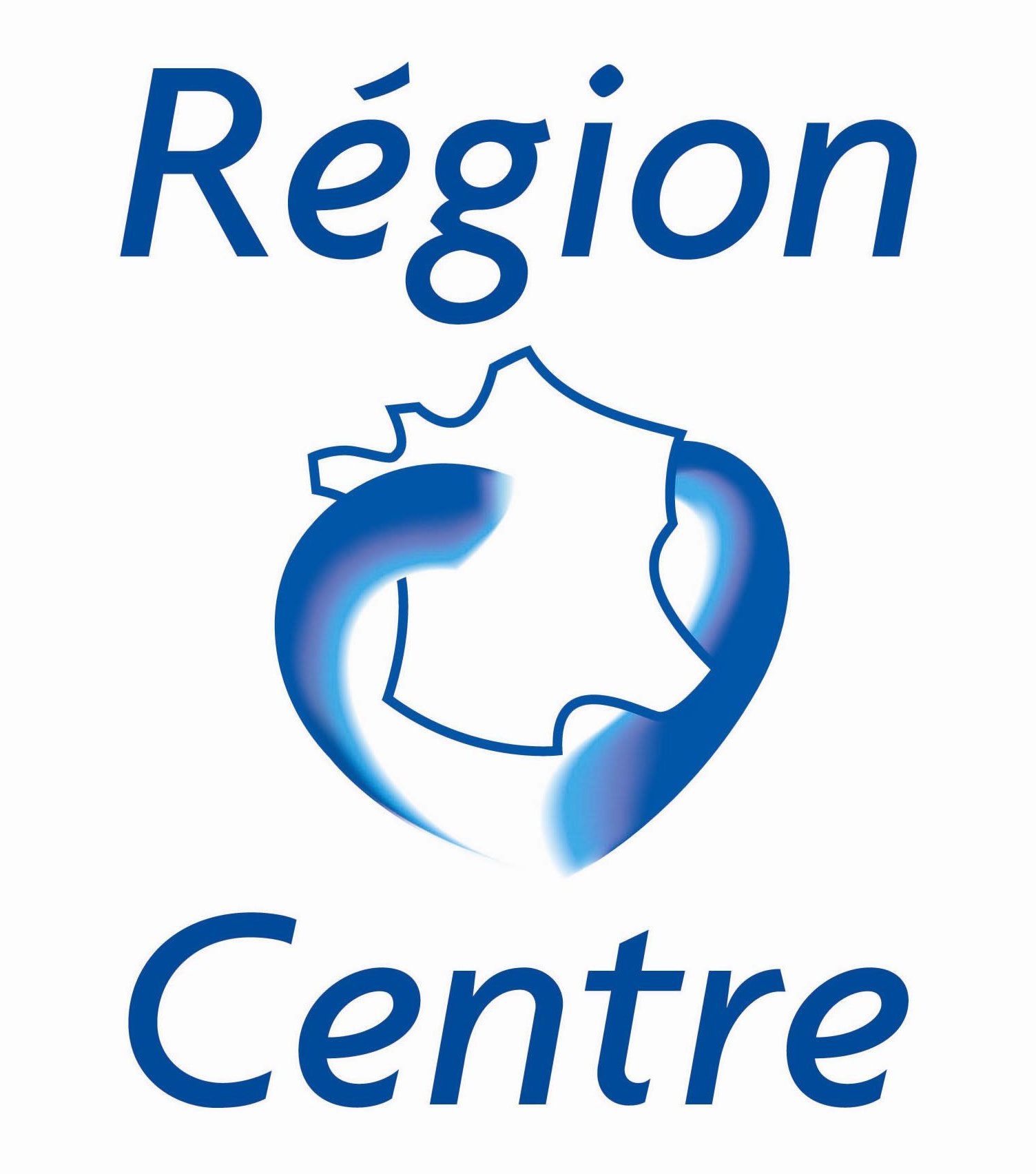
Région Centre, France |
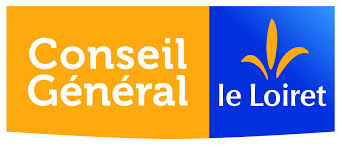
Conseil général du Loiret, France |
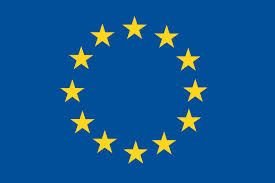
European Union |
